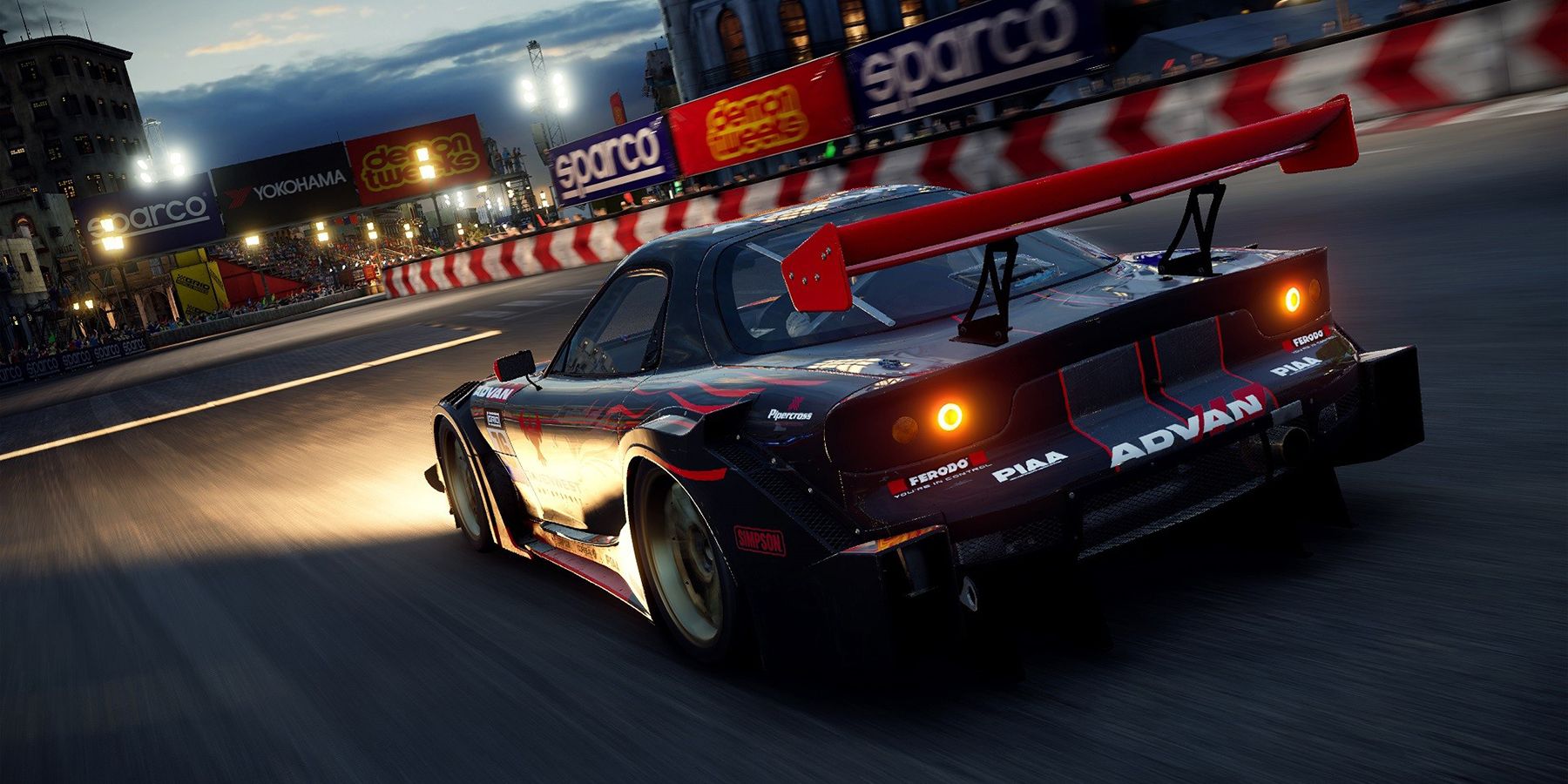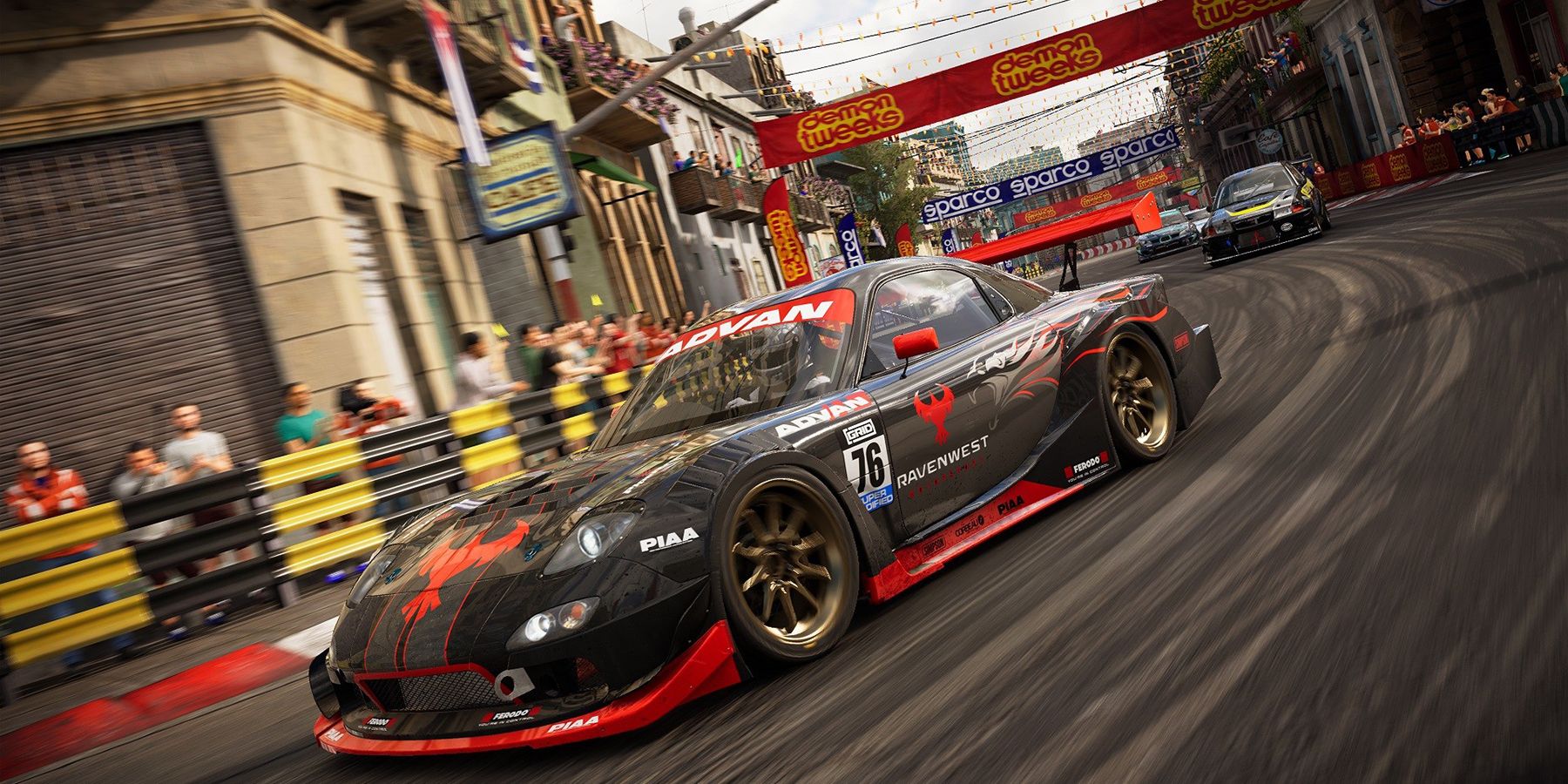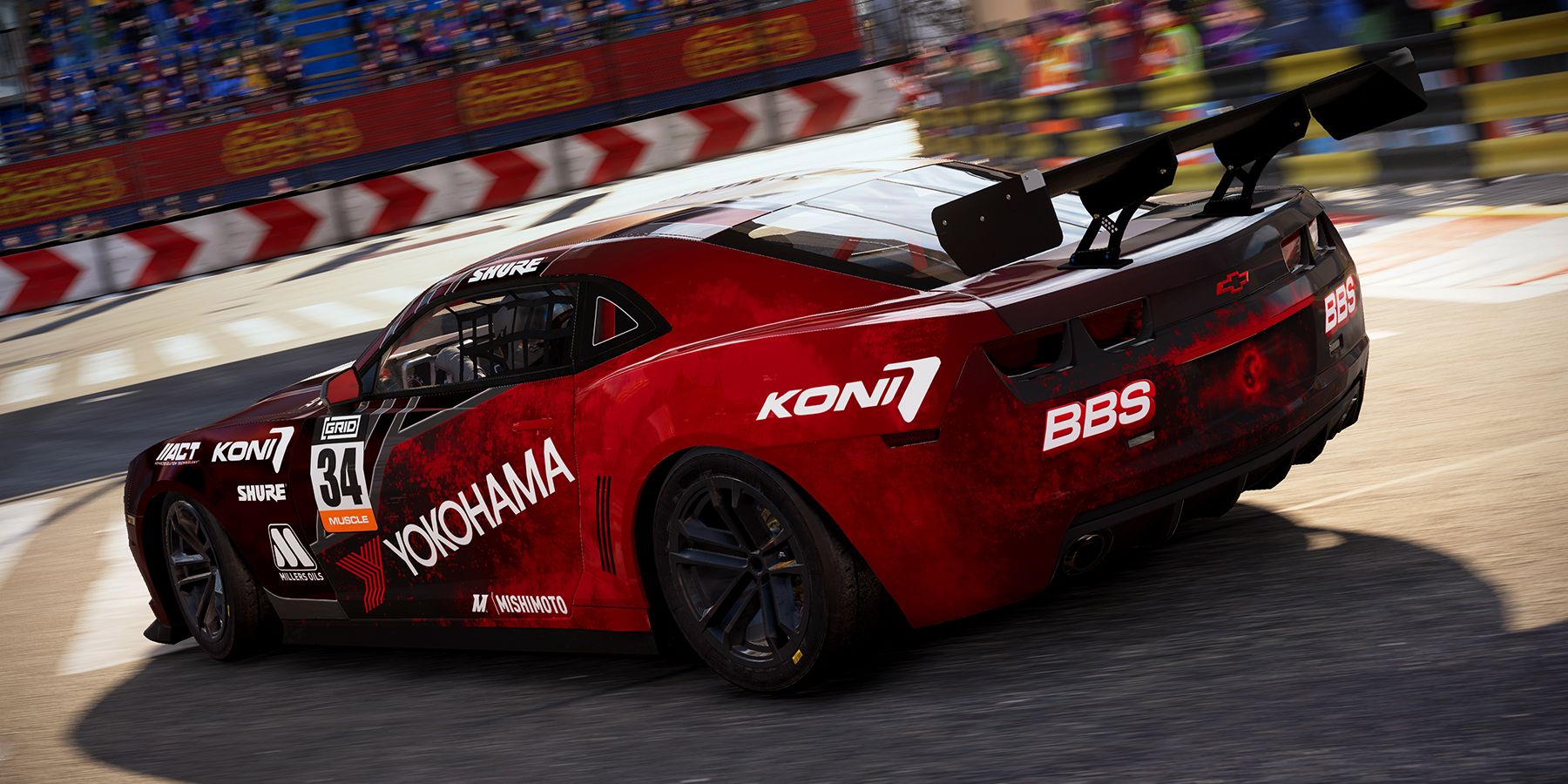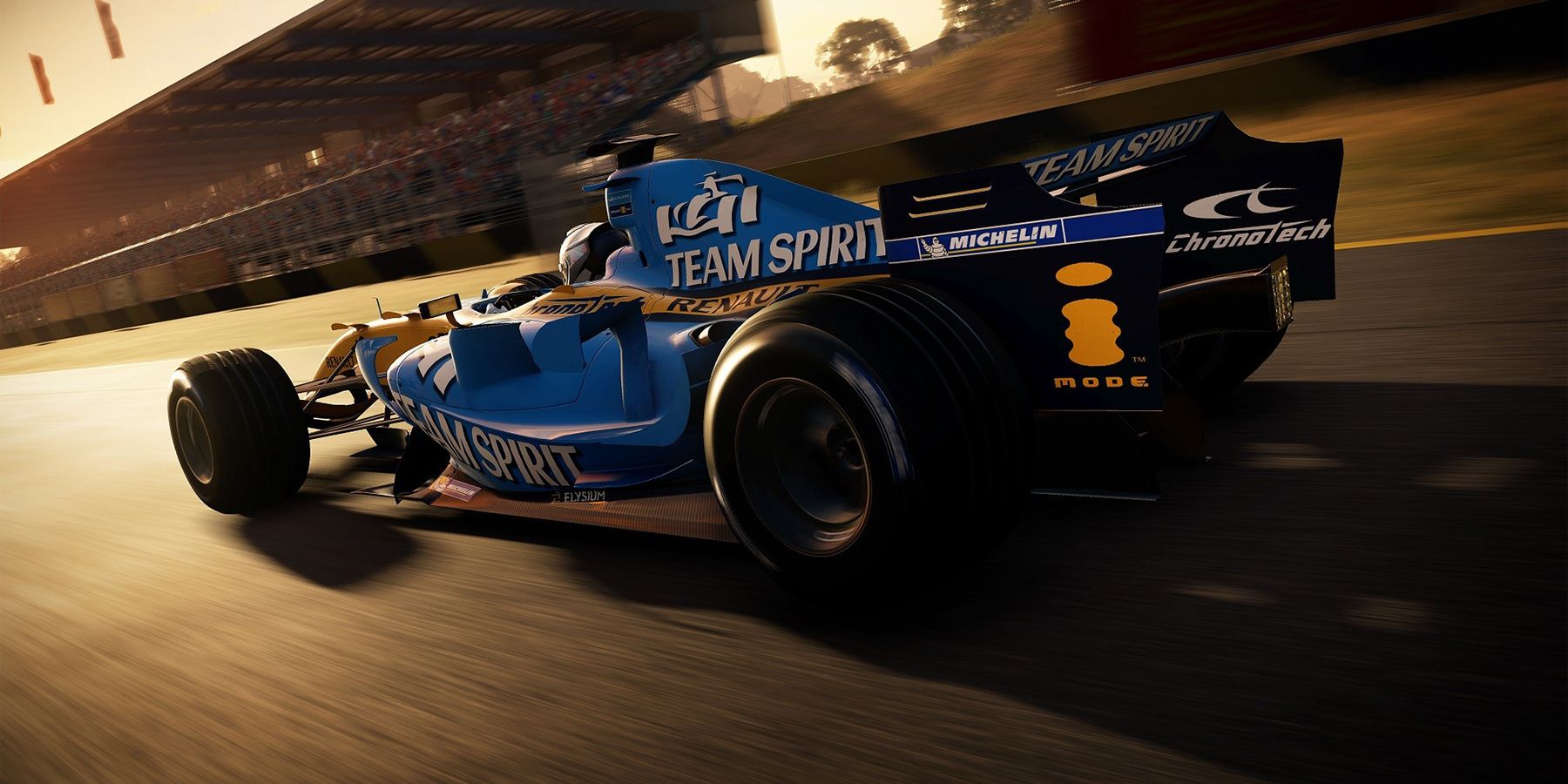GRID brings back the series with great success, showcasing a flexibility rarely seen in racing games that caters for everyone with little compromise.
GRID’s roots run deep into the history of racing games, having lived through a fair few rebrands and name changes. Initially dubbed TOCA Touring Car Championship, the series expanded as it swallowed more and more forms of racing, going from Race Driver through to the best remembered GRID name. After a hiatus of five years, GRID has now returned.
Comparing it to the earlier games in GRID history, GRID 2019 definitely feels like a move back into the center between arcade and simulation. Whereas some of the previous titles in the series holt onto its sim-based roots, which included longer races and less bells and whistles, GRID 2019 has fully embraced a more direct method of racing fun. Whether long-term fans of the series will enjoy this will certainly be up for debate, but either way GRID 2019 pushes to get the adrenaline pumping.
At its core, GRID tries to straddle the line between arcade racing and simulation. It’s a bit of a shock to the system at first, particularly for those who grew up driving around the dingy British circuits of TOCA or who enjoyed the slight move back towards realism in 2014’s GRID Autosport, but in general the shift closer to Forza-style middle ground works well. In particular, the replay mechanic – a trademark GRID system which allows users to roll back time to undo a particularly hasty overtaking decision or a poor run into a corner – fits perfectly in this central lane, perhaps moreso than in other Codemasters titles like F1 2019.

GRID 2019 continue’s the series’ penchant for variety. GRID throws a smorgasbord of race modes at the player, with obvious choices like modern and classic Touring Cars through to US muscle cars and one-seater racing. Its strands all weave together into a selection of challenges, asking the player to prove their versatility as a driver without giving much time to acclimatize to each mode.
In short, success in GRID is found by becoming a jack of all trades in order to find success. Players may find one style of driving to be a particular favorite – and the choice of preference will certainly vary from player to player – but users cannot just focus on one mode if they want to come out on top. Indeed, this is in-built into the game’s structure, with the player unable to head into the final set of challenges without ticking off at least four of the different strands.
Each does feel different, to Codemasters’ credit. From a campaign perspective, the Fernando Alonso challenge is the best of the bunch: a concentrated shot of everything that makes GRID exciting that culminates in a race against the motorsport legend in the iconic Renault F26. Hopping from trial to trial is where GRID works best, even if it comes at the expense of depth.

Codemasters definitely makes this variety work, too, as the user adapts to the drag of the muscle car versus the weightless drift of the F1000. GRID is so malleable in its approach that players will be quick to learn each style of racing, but without breezing into each mode without having to pay attention to the quirks of each car.
Where GRID falls down a little is with its tracks. There’s not quite enough of an option when it comes to circuits, and although the game provides users with a little choice thanks to shortened track options and weather variation, there needs to be a bit more variety here to keep players engaged long term. Thankfully, Codemasters has promised more tracks as free content as time goes on, but for the time being users may want to pace themselves.
Part of this is down to the lack of intricacy in comparison to other recent hits that Codemasters have seen. F1 2019 may have contained merely the Formula One circuits for the year, but the depth of play made up for it. Similarly, DiRT Rally 2.0 also left players with little option but to hone their craft, whereas outside of the higher difficulties GRID doesn’t need quite as much muscle memory.

That said, it’s worth pointing out that GRID does provide users with options to ramp up the simulation aspect. Putting the game up to the highest difficulty and removing some of the support mechanisms like the racing line makes it more in-keeping with a simulation, while custom races can also remove the default short race times.
A little more of this would be welcome in the campaign, too. Every so often, linear road races crop up and showcase something a little bit different, as is true of the time trials. A little more of this would do wonders, although GRID still offers a rather solid deal in terms of a motor racing buffet.
Some of the other mechanics that GRID uses, such as the Nemesis system, also help. If the user nudges an opposing racer too many times, or pulls a dangerous overtake that takes off more than a bit of paint, then they will be allocated as a Nemesis for the remainder of the race. This definitely keeps things interesting, as the enemy racer ups their aggression over the course of the race.

This is a lot of fun and can be used to level up quicker, with users able to manipulate the system a little bit. Pulling a deliberately stupid maneuver early on and hitting another car will make them more aggressive and more fun to race against, adding a little bit of chaos into the mix. Of course, it’s all about navigating that risk and reward, to avoid either taking on a challenge too great or damaging your car.
GRID‘s other key selling point is an emphasis on working with a teammate. During the race, players can ask their teammate to drive defensively or aim for overtakes, and outside of the races users can choose to upgrade to a different teammate. From a gameplay perspective it doesn’t really add that much, but it’s an interesting mechanic nonetheless, even if it’s not a required part of the game.
Overall, then, GRID manages to give players an exciting selection of different racing options. It stands as a departure from Codemasters’ most recent successes in the simulation space, and perhaps doesn’t quite reach the same heights that its deeper games reach. Nonetheless, those who want plug-in-and-play action with the ability to amp up the difficulty at a moment’s notice will find a lot to enjoy.
GRID releases October 11, 2019 for PC, PS4, and Xbox One. Screen Rant was provided with a PC download code for the purposes of this review.




